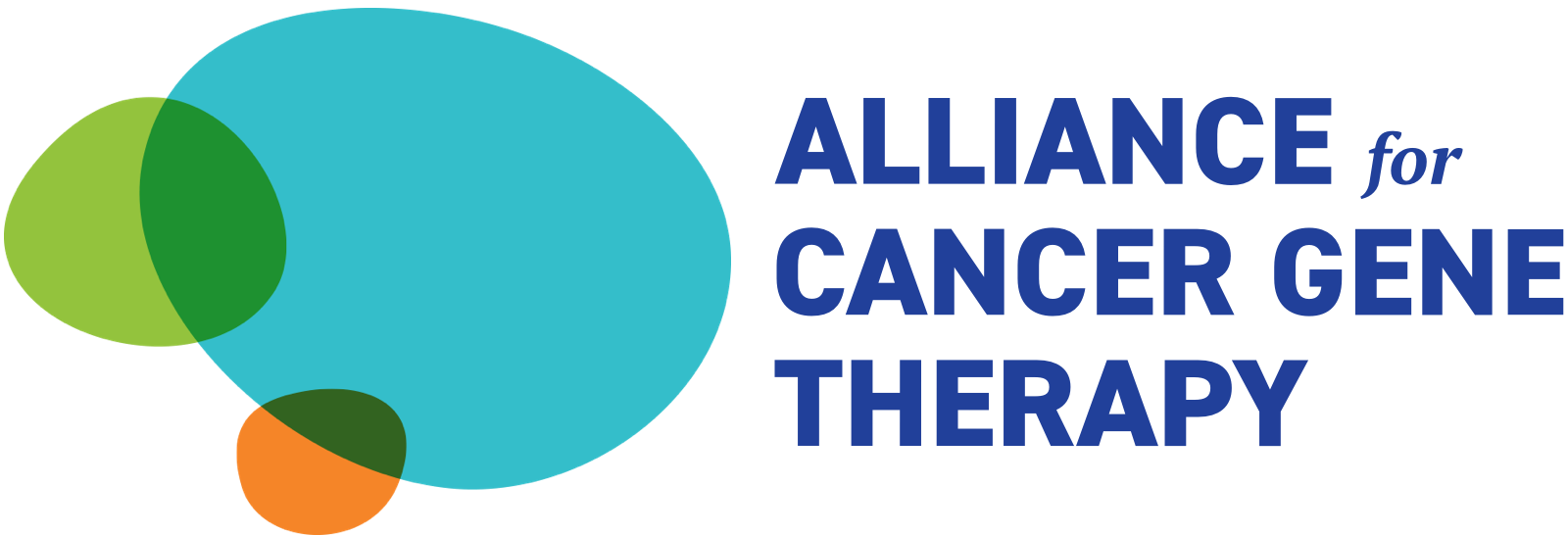Taking the pedal off the metal.

Michael Z. Lin, MD, PhD
Stanford University
Cancer causes cells to divide uncontrollably. As the number of cancer cells increase, they consume space and nutrients that normal cells need, which threatens the viability of a body’s healthy organs and biological systems. Reproduction of cancer cells and normal cells is spurred by biochemical signals, typically proteins, that the cells send and receive.
In the Lin Laboratory at the Stanford University Department of Neurobiology (Stanford, CA), Michael Z. Lin, MD, PhD, is engineering a way to interrupt this signaling process in cancer cells without impairing the health of normal cells. The first step in his journey toward this goal began with funding from the Alliance for Cancer Gene Therapy.
“The reason many cancers are not curable is because they use the same signals that normal cells use for growth and survival,” says Dr. Lin. “Because we can’t fully inhibit those signals with drugs or antibodies without damaging the health of normal cells, our solution is to engineer a way to detect hyperactive signaling activity and turn it off by destroying the cells, the cancer cells, doing the nonstop signaling.
“We are building traps for cancer activity. We are developing embedded systems that can recognize what’s going wrong in cancer cells thereby allowing their detection and destruction with very high specificity.”
With Alliance for Cancer Gene Therapy funding, Dr. Lin engineered synthetic protein-based switches that activate when they detect the abnormal reproduction of cells. “A cancer cell’s out-of-control growth can be compared to an automobile whose gas pedal is stuck to the floor,” says Dr. Lin. “Under normal circumstances, good drivers don’t keep the pedal to the metal. They respect speed limits. It’s the bad drivers who drive too fast that catch the attention of our switches, and like traffic cops, they pull those bad drivers to the side of the road.”
Dr. Lin’s novel method is now known as rewiring of aberrant signaling to effector release (RASER) and has been reported in Science (2019) and Nature Chemical Biology (2015).
“The research we were able to conduct with this funding proves the RASER protein switches can do the job,” says Dr. Lin. “That research was essential, fundamental to where we are today. Now our challenge is getting the RASER protein switches into the cells. In this phase of our research, we are building on what we learned to develop a gene delivery system that uses a replicating virus to penetrate cells and trigger the immune system. Inside normal cells, the virus and RASER proteins will be harmless, but inside cancer cells, they’ll do the job that drugs and antibodies cannot fully do.
“I am completely convinced that smart gene therapies like this are the future of our fight against cancer. Advances come from understanding basic biology. Knowledge is progress and our growing knowledge of cell signaling and technology puts us at the intersection of chemistry, biology and medicine. It’s a very exciting time. I think the field of cancer gene therapy is on the brink of realizing major, life-saving breakthroughs to rival those of Louis Pasteur, John Franklin Enders and Jonas Salk.”



